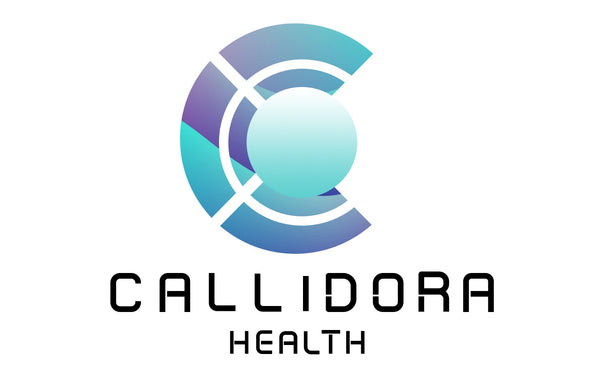Vein Care Compression stockings, often overlooked in the world of health and wellness, are a game-changer for people dealing with various medical conditions and lifestyle challenges. These garments serve multiple purposes, from improving circulation to reducing discomfort during long hours of standing or sitting. This comprehensive guide explores everything you need to know about compression stockings, including their benefits, types, and tips for choosing the right pair.
What Are Vein Care Compression Stockings?
Vein Care Compression stockings are specialised designed to improve blood flow in the legs. They apply graduated pressure, which means the tightest compression is around the ankle and gradually decreases as it moves up the leg. This design promotes better circulation, prevents blood pooling, and supports vein health.
Benefits of Vein Care Compression Stockings
Improves Circulation: By applying gentle pressure, these stockings help blood flow back toward the heart, reducing the risk of blood clots and swelling.
Reduces Swelling: Ideal for individuals dealing with edema or fluid retention, compression stockings minimise swelling in the legs and ankles.
Prevents Varicose Veins: Regular use can reduce the appearance and discomfort of varicose and spider veins by supporting the veins and reducing stress on them.
Alleviates Pain: For those with chronic venous insufficiency, wearing compression stockings can significantly relieve pain and heaviness in the legs.
Enhances Recovery: Athletes often use compression stockings to improve muscle recovery after strenuous workouts by reducing lactic acid buildup.
Supports During Pregnancy: Pregnant women often experience leg swelling and varicose veins, and compression stockings provide much-needed relief.
Types of Vein Care Compression Stockings:
Graduated Compression Stockings: These are the most common type, with maximum compression at the ankle and gradual reduction up the leg.
Anti-Embolism Stockings: Specifically designed to reduce the risk of blood clots in bedridden patients or those recovering from surgery.
